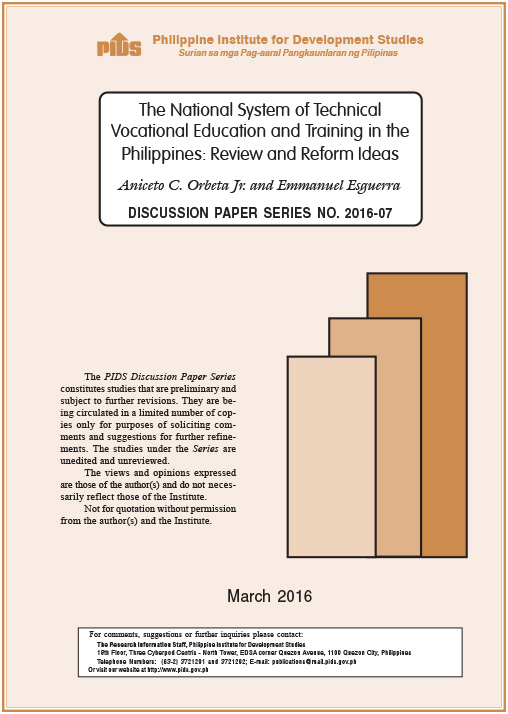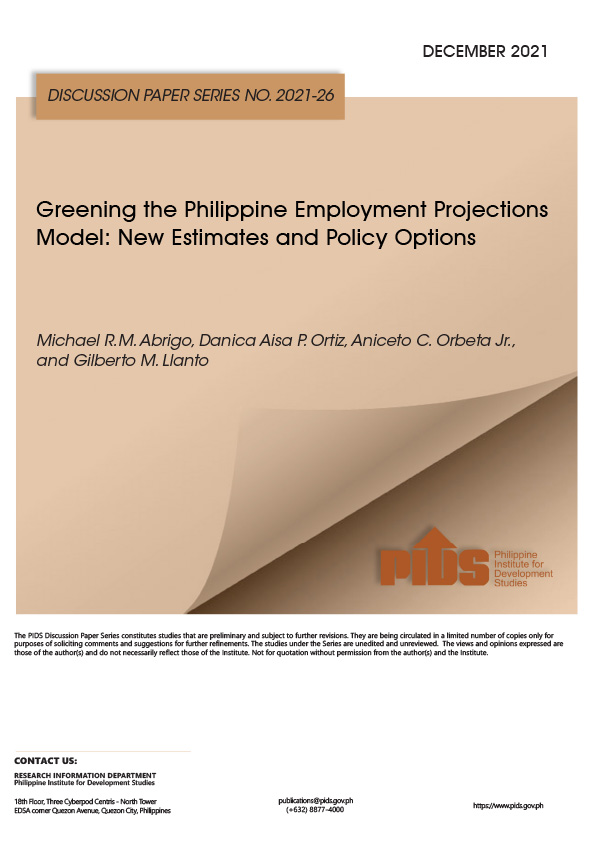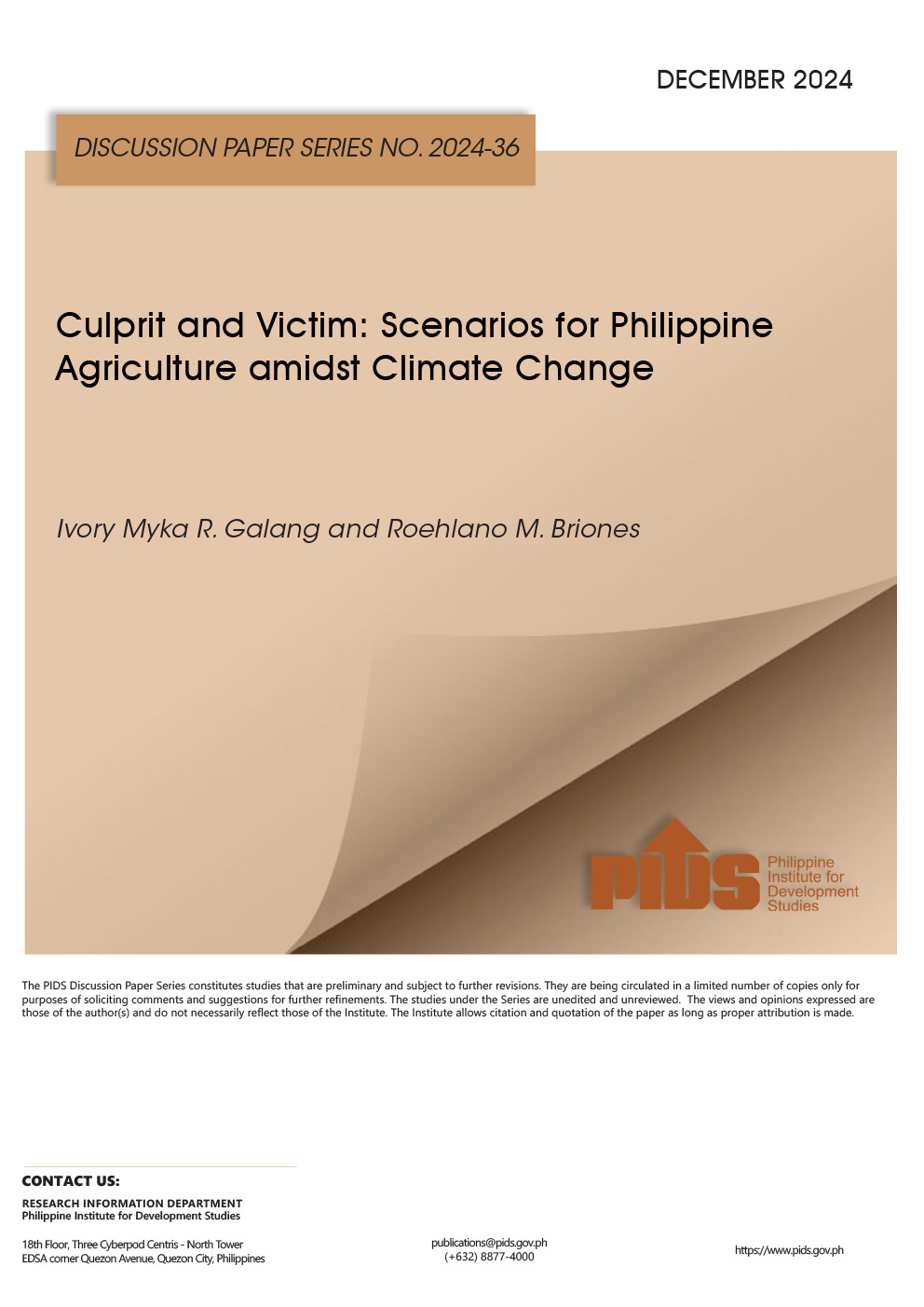Second of three parts
Citing data from Philippine Atmospheric, Geophysical and Astronomical Services Administration, a study conducted by government statisticians said the Philippines has experienced a total of 19 El Niño events, seven of which were considered strong, from 1950 to 2010.
Aside from its impact on food production, the study conducted by the government statisticians, led by former National Statistical Coordination Board (NSCB) Chief Romulo A. Virola said El Niño also caused unemployment and "significant” reduction in productivity.
Experts, such as Philippine Institute for Development Studies (Pids) Senior Research Fellow Roehlano Briones, said there is a need for the government to rethink its governance framework in the water sector.
"We certainly need to drastically reform how we are doing overall governance in the water sector,” Briones said in an interview.
The priority, he noted, is the availability of potable water. Because of this, other sectors, such as agriculture, could be sacrificed whenever the Philippines is faced with water scarcity during a prolonged dry spell.
For instance, National Water Resources Board (NWRB) cuts off water for irrigation whenever the water level in Angat Dam hits critical level. Angat Dam supplies 97 percent of Metro Manila’s drinking-water requirements. Farmers tilling some 30,000 hectares of land in Bulacan and Pampanga also rely on Angat Dam for irrigation.
During critically dry periods, such as El Niño events, the Philippine Water Code of 1976 requires that domestic water supply be prioritized over irrigation water supply.
William Ocampo, a 55-year-old, fourth-generation farmer in Porac, Pampanga, said he had to
delay planting rice seedlings due to the lack of
irrigation water. Ocampo said he and his neighbor-farmers had to wait 10 days because the volume of available water would not allow farmers to get water at the same time.
"By August, the seedlings will be transplanted,” Ocampo said. According to Briones, this situation could be avoided if only the country’s irrigation system is efficient.
A study by Pids identified some "serious technical problems and issues” in the country’s irrigation systems that need to be resolved immediately.
"For years, the actual irrigated areas for most irrigation systems in the country had all been consistently below the target,” the study titled "Appraisal of Methodology in Estimating Irrigable Areas and Processes of Evaluating Feasibility of National Irrigation Administration (NIA) Irrigation Projects read.
The study said this has been due mainly to "overestimation” of irrigable areas by not fully accounting for built-up areas or urbanization, flooded areas during the wet season, and elevated areas that cannot be reached by gravity irrigation systems.
The study looked into four irrigation systems in the country, namely, Angat-Maasim River Irrigation System (Amris) in Bulacan, Balog-Balog Irrigation System in Tarlac, Pampanga Delta Irrigation System, and Casecnan-Upper Pampanga River Irrigation System (UPRIS) in Pampanga.
For the Angat-Maasim River Irrigation System, which has service area of 31,400 hectares, the study noted that actual irrigated area had declined to an average of about 17,500 hectares in the last 10 years from the original 22,000 hectares or so in the 1970s. According to the study, a total of 8,000 hectares of the 31,400 hectares target area in Amris is not irrigable.
"About 3,500 hectares of the total area has an elevation of 19 meters and thus, cannot be irrigated from the Bustos dam, which has a maximum crest elevation of 18.5 meters. In addition, around 4,500 hectares of the Amris area had been built up with residential, commercial, and industrial infrastructure,” said study authors Cristina David and Guillermo Tabios, both consultants of Pids.
The same set of issues persists in the Pampanga Delta Irrigation System, which has a design service area of 11,540 hectares. Based on the data from the NIA, only around 1,000 hectares, or 8 percent, of the target coverage area during wet season and 3,800 hectares, or about 30 percent, of the target coverage area during dry season. Using a geographic information system (GIS) map of this area, it was found that a total of over 6,000 areas cannot be irrigated because these places have either become urbanized, converted to fish pens, have higher elevation than the water source, or usually become flooded during the wet season.
Meanwhile, Balog-Balog and Casecnan irrigation areas cover or overlap within two watershed boundaries. Since both systems deliver water by gravity, the efficiency of the design of these irrigation systems, where the canal network traverses another watershed is questionable.
Aside from inefficiency in existing irrigation systems, non-governmental organization the Rice Watch Action Network (R1) said the lack of irrigation in other parts of the country is compounding the problem for farmers.
Despite the billions of pesos poured into the government’s irrigation program since 2010, R1 said NIA has failed to meet annual targets for providing irrigation to new areas. The NIA is currently under the Office of the Presidential Assistant for Food Security and Modernization.
Data from the NIA show that in 2013, out of the 108,145-hectare new areas it targeted to irrigate, the agency managed to achieve 55 percent, or 58,632 hectares. Also, out of its goal of restoring irrigation in 64,621 hectares, the NIA achieved 54 percent, or 34,574 hectares.
R1 said this failure of NIA to expand irrigated areas has contributed "significantly” to the inability of the country to produce enough rice. "The Philippines continues to import rice due to weaknesses in the implementation of the government’s irrigation program.”
While constructing new dams and expanding irrigated areas will help boost food output and ensure water for the farm sector, other agriculture experts said changing consumption habits would help ease the pressure on dwindling water supply. To be continued
Related Posts
Publications
Press Releases
Video Highlights
[No related items]
Infographics
[No related items]





